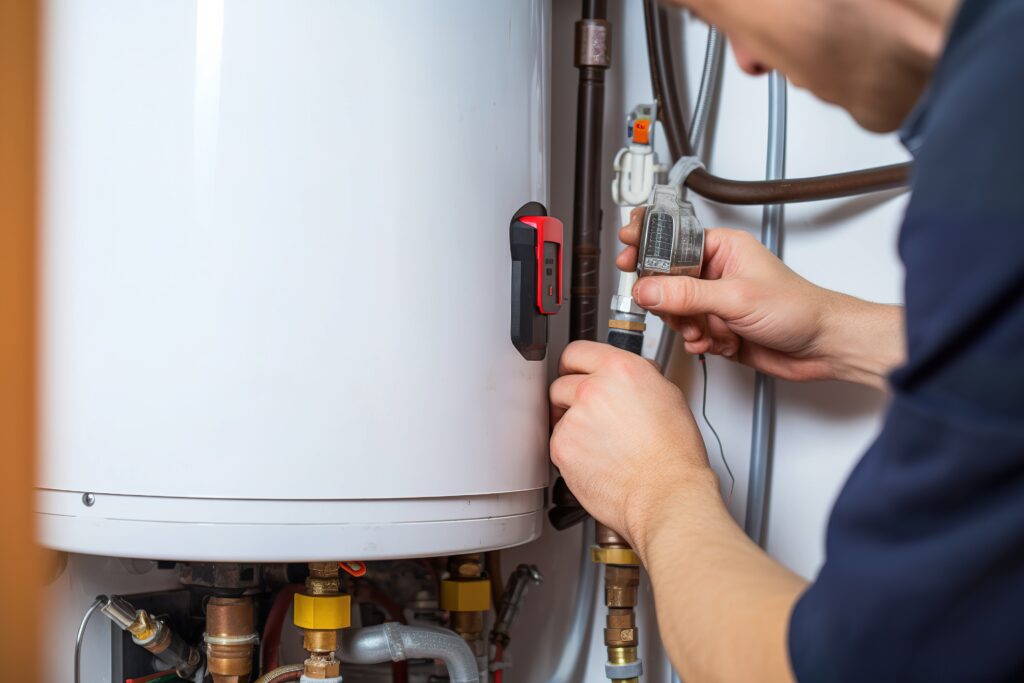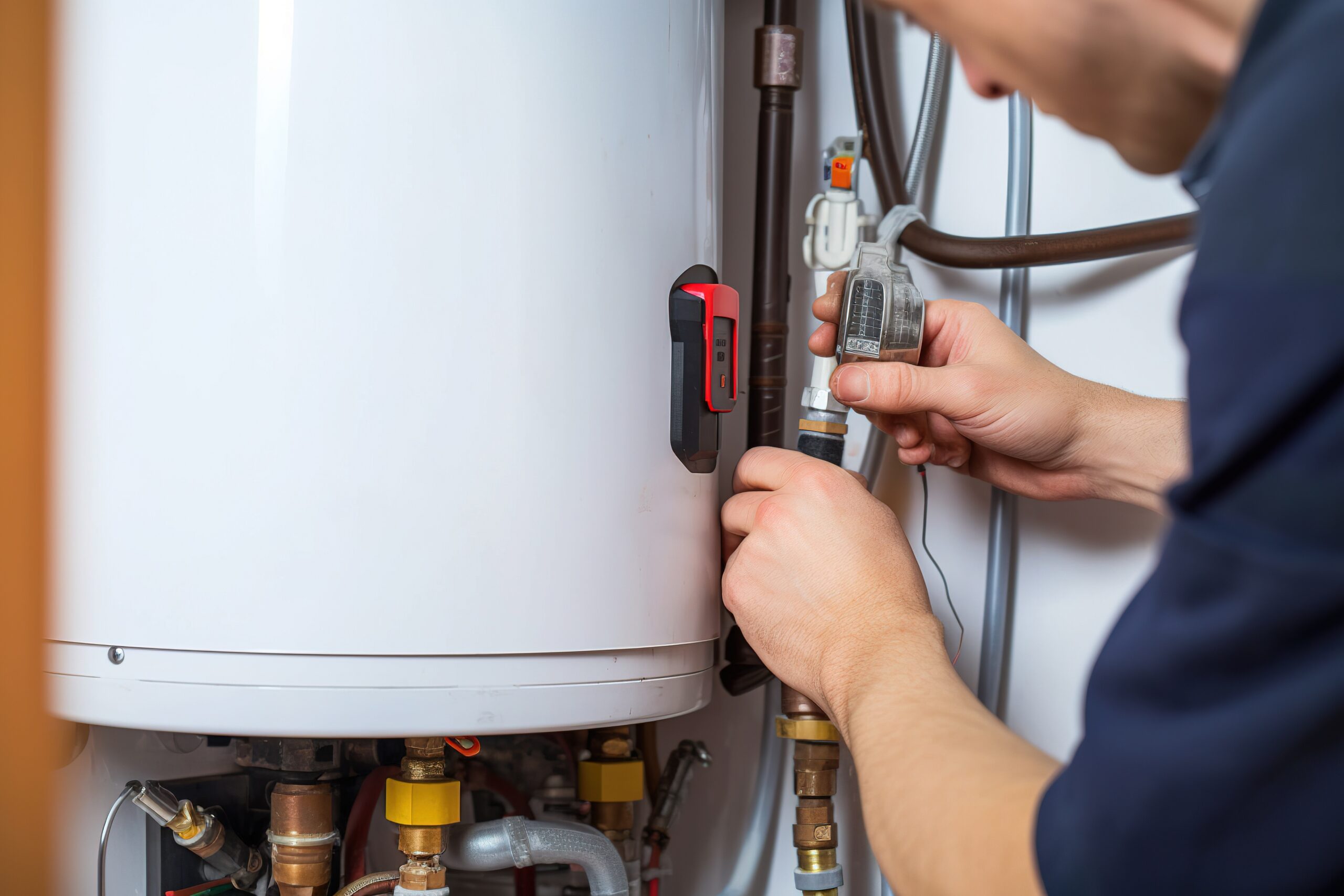Understanding Your Water Heater: What Every Homeowner Should Know
Your water heater works silently behind the scenes, delivering hot water on-demand for showers, dishwashing, and laundry. You may not give it much thought—until it stops working. Whether you’re replacing an aging model or buying a home and evaluating what’s already installed, it helps to know how a water heater functions, what types are available, and what to expect in terms of maintenance and potential repair. This guide breaks down the essentials of residential water heaters so you can make confident, informed decisions and avoid expensive surprises down the line.
What Is a Water Heater and How Does It Work?
A water heater is an appliance that heats and stores or instantly supplies water for use throughout your home. There are two primary types: tank and tankless. In traditional tank models, water is heated and stored in a reservoir, typically holding between 30 to 80 gallons. Tankless models—also called on-demand water heaters—heat water only when required, without storing it.
In both formats, heating elements or burners powered by electricity, natural gas, or propane raise the water temperature. Once hot, in the case of tank units, the water remains warm inside a well-insulated chamber until it’s needed. In homes with tankless systems, water travels through superheated coils the moment hot water is requested. Both types use thermostats and pressure-relief valves to maintain temperature and safety.
Advantages of Tank Water Heaters
Despite newer innovations, tank-style water heaters remain the most common across U.S. homes. Their appeal lies in straightforward installation, relatively lower upfront cost, and proven reliability. They provide a consistent supply of hot water and require less complex plumbing compared to tankless options. Homeowners familiar with basic maintenance—such as draining sediment buildup annually—can extend the life span beyond the average 8 to 12 years.
Tank heaters are particularly advantageous in homes with simultaneous high-volume water usage. With a correctly sized tank, a household can run a dishwasher and two showers with little concern for running out of hot water. Their repair costs are also typically lower, and replacement parts more readily available.
Benefits of Going Tankless
If energy efficiency and modern design matter to you, a tankless water heater may be the smarter solution. By heating water only when needed, these units can reduce energy costs by up to 30%. Compact and wall-mounted, they save space—a boon for smaller homes or those seeking to free up mechanical room square footage.
Tankless systems also boast longer life spans, often 15 to 20 years with proper care. They’re ideal for households with variable usage patterns or vacation homes that don’t need hot water daily. Additionally, some homeowners appreciate the near-limitless hot water supply, assuming the unit is adequately sized.
Common Drawbacks and Maintenance Challenges
No water heater is problem-free. Tanks are susceptible to sediment buildup over time, which can reduce efficiency and erode the inner lining. If not serviced, the result could be leaks or complete failures. Tank water heaters can also take longer to recover if multiple users deplete the hot supply quickly.
Tankless systems, while more efficient, carry higher installation costs and may require upgrades to electrical or gas supply systems. They are generally more sensitive to scale buildup, particularly in hard water regions, and should be descaled annually. Repairs can also be more complex, sometimes requiring specialist technicians, which is important to factor into any cost analysis.
Failure to address small issues—like a slow-heating tank, inconsistent temperature, or strange noises—can lead to larger problems. In either system, wear and tear over time will necessitate eventual replacement, making protection plans a strategic investment.
Choosing the Right Water Heater for Your Home
One size never fits all. Your water heating solution should match your household’s water usage patterns, available energy sources, and long-term budget preferences. A family of five relying on simultaneous morning showers will have different requirements than a retired couple using lower volumes on a predictable schedule.
Take into account your home’s square footage, the number of bathrooms, and appliance usage routines. A 50-gallon tank may be perfect for a four-person household, while larger families—or those renovating with luxury spa-style bathrooms—may benefit from the endless supply a tankless unit delivers. Also, consider regional climate. Colder regions may require more BTUs for adequate heating in tankless models.
Signs Your Water Heater Might Be Nearing the End
Reliable doesn’t mean immortal. Key signs that your water heater may be approaching failure include rust-colored water, fluctuating temperatures, pooling at the base, and metallic tastes or odors in your tap water. An unexplained spike in utility bills may also point to inefficient water heating.
If your tank is beyond its tenth year or you hear rumbling sounds during operation, these are often signals that sediment buildup has reached damaging levels. For tankless heaters, slower water flow or cold water interruptions can be telling. Scheduled inspections and proactive servicing will help catch these signals early—before the minor evolves into the costly.
Why You Should Trust Armadillo to Protect Your Water Heater
Repair costs for water heaters can strike suddenly—and run high. Whether facing a broken heating element in a traditional tank or scaling damage in a tankless unit, repairs can range from a few hundred to over a thousand dollars. That’s where Armadillo enters the equation. Our comprehensive home warranty plans include water heater coverage, helping homeowners like you defend against the unexpected. With no-stress claims processes, vetted service providers, and customizable protection packages, Armadillo provides peace of mind every step of the way. Learn more about how we keep your home running with confidence at Armadillo.one or start building your protection plan today by visiting our plan builder.


























